Analysis of Organizational Behavior - Leadership & Formalization
VerifiedAdded on 2020/04/21
|5
|814
|122
Homework Assignment
AI Summary
This assignment analyzes key aspects of organizational behavior, including leadership styles and organizational structures. The first question explores the importance of leadership qualities, detailing various approaches such as trait, behavioral, and situational leadership, along with leadership models like Vroom-Jago and path-goal. It also differentiates between transactional, transformational, and other leadership styles, emphasizing their impact on organizational culture. The second question examines the degree of formalization and centralization in different organizations, specifically Nova South-eastern University, the Federal Government of the USA, and Taco Bell. The analysis highlights how these structural elements vary across these entities, influencing decision-making and operational processes. The assignment provides a comprehensive overview of how leadership and organizational structure shape employee behavior and overall organizational effectiveness. This assignment is available on Desklib, a platform offering AI-based study tools.
1 out of 5
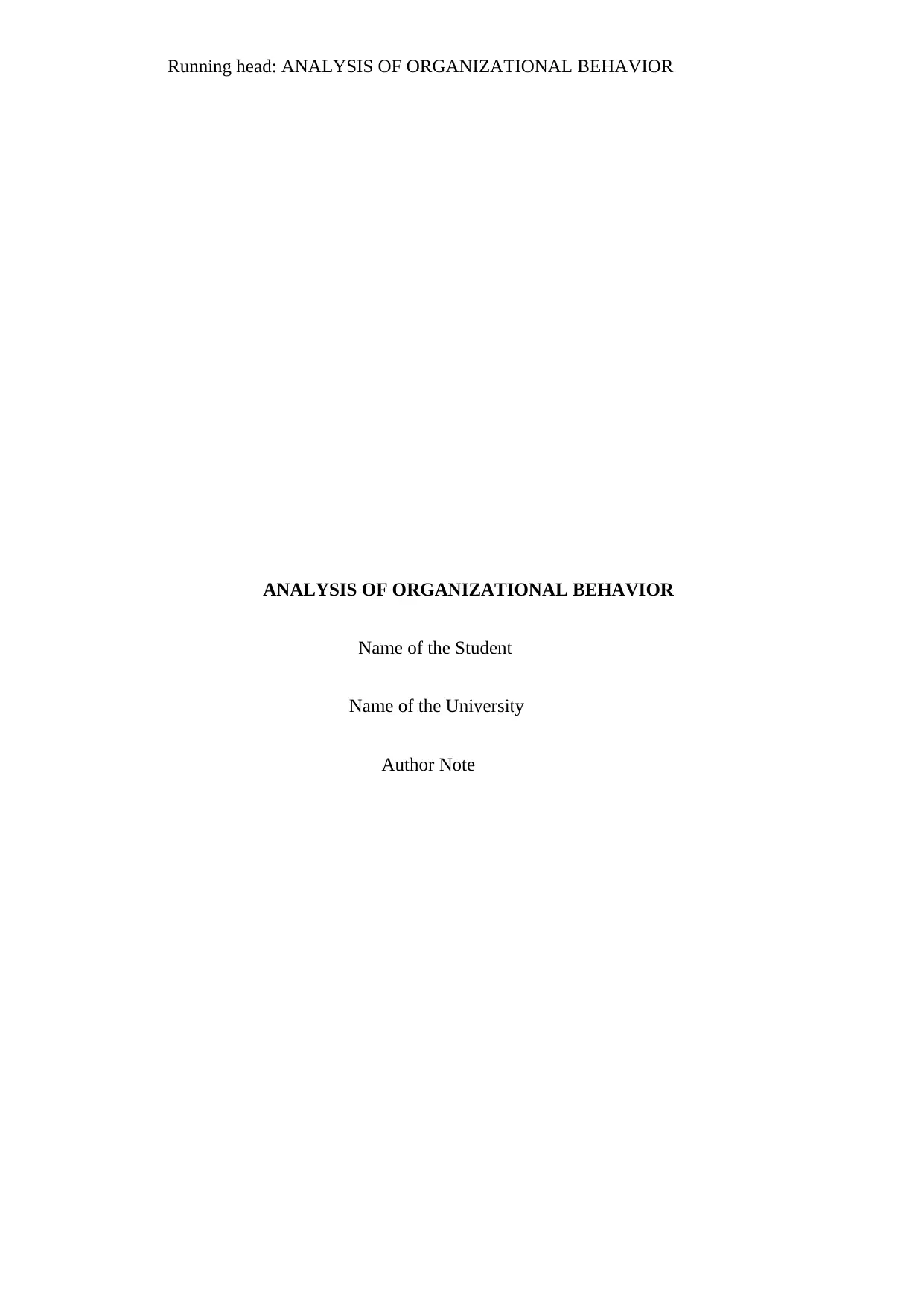
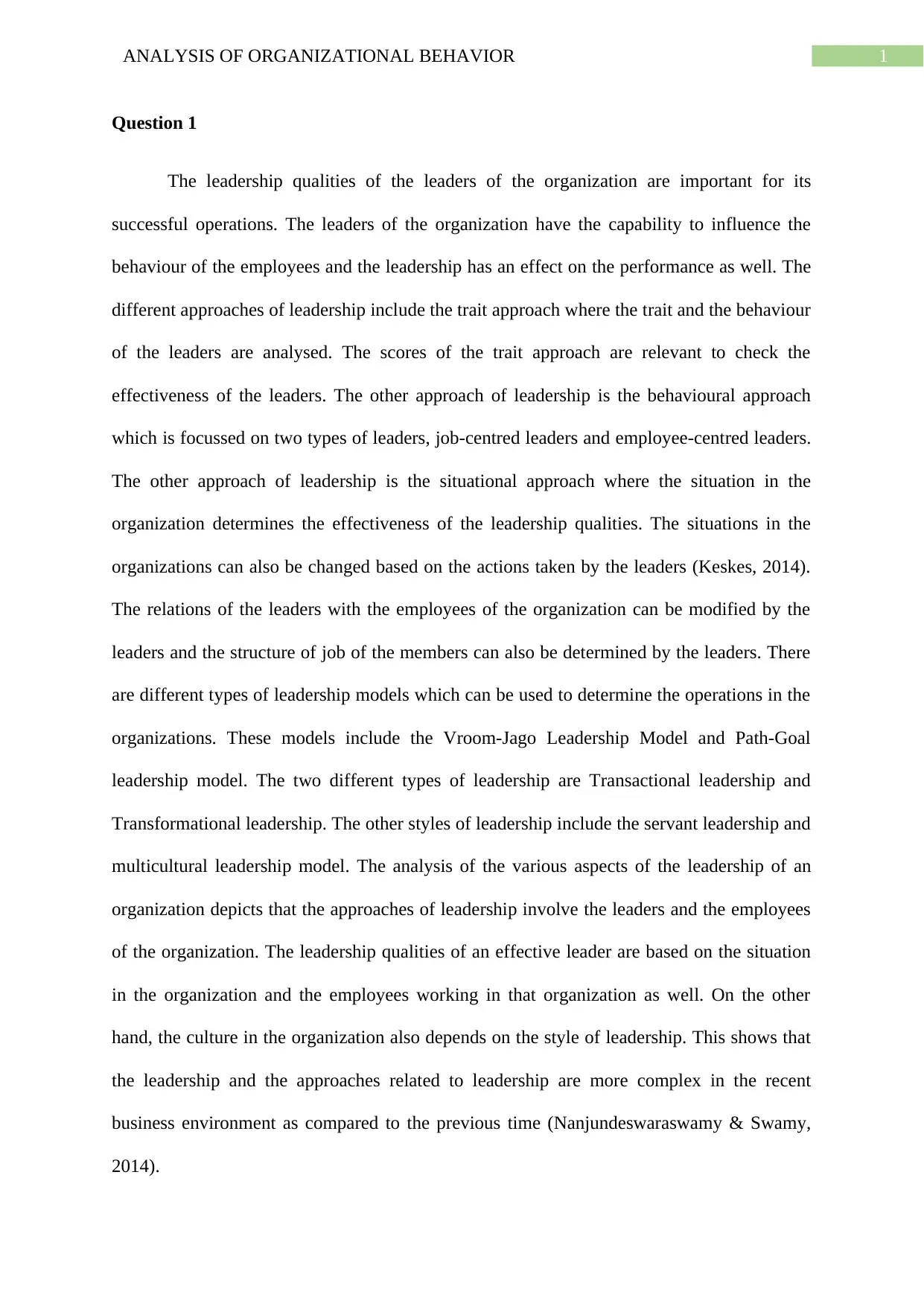
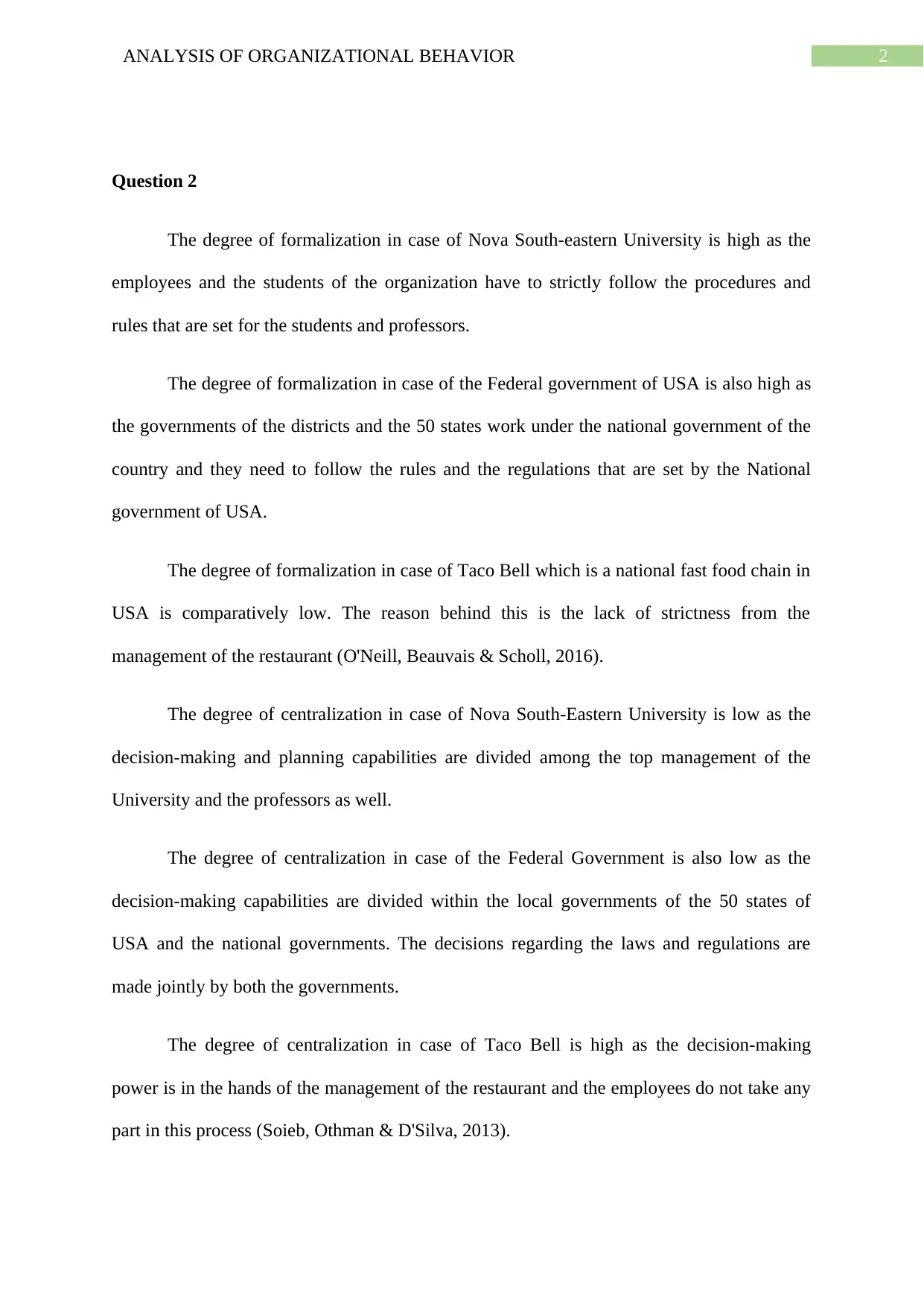

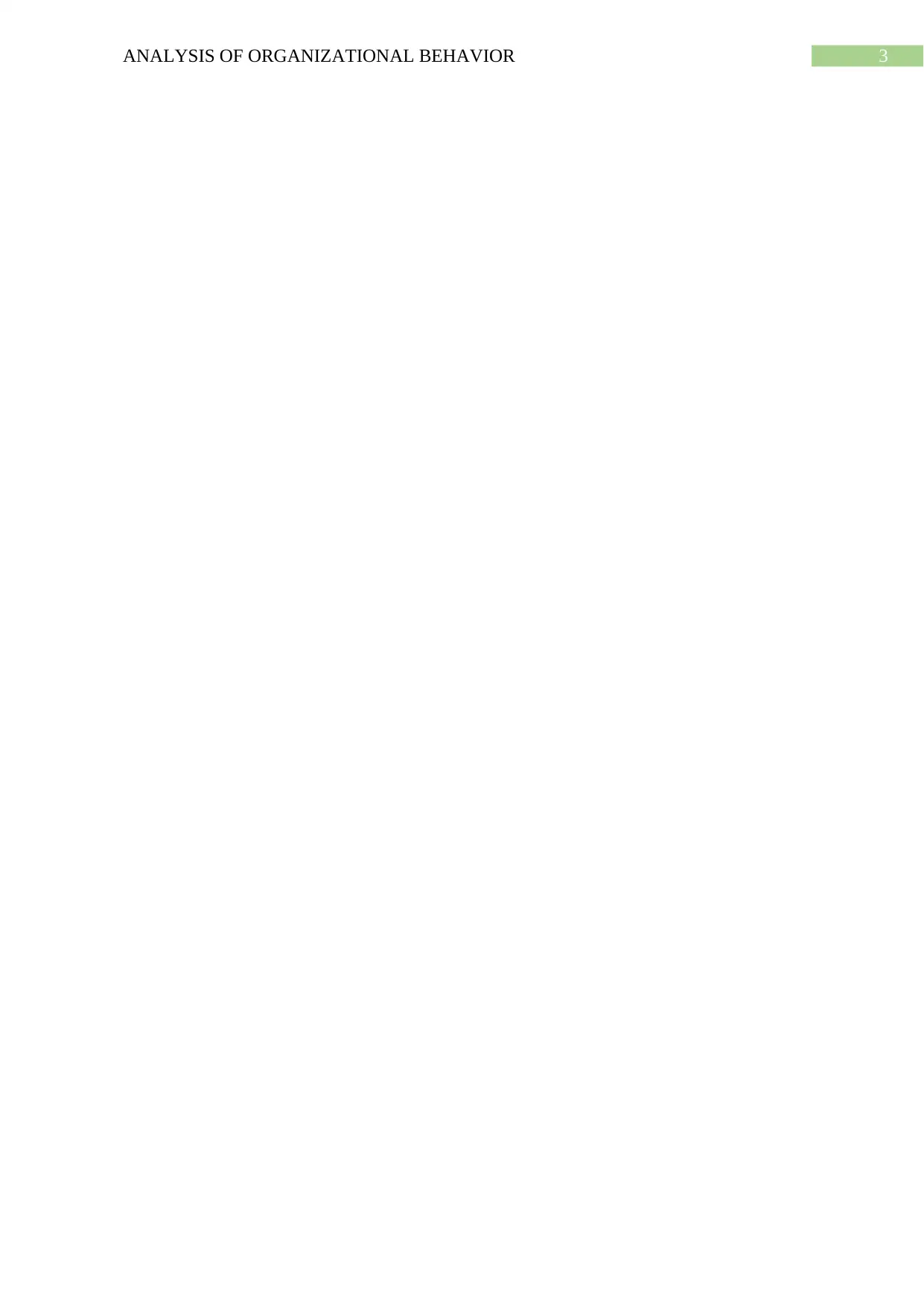
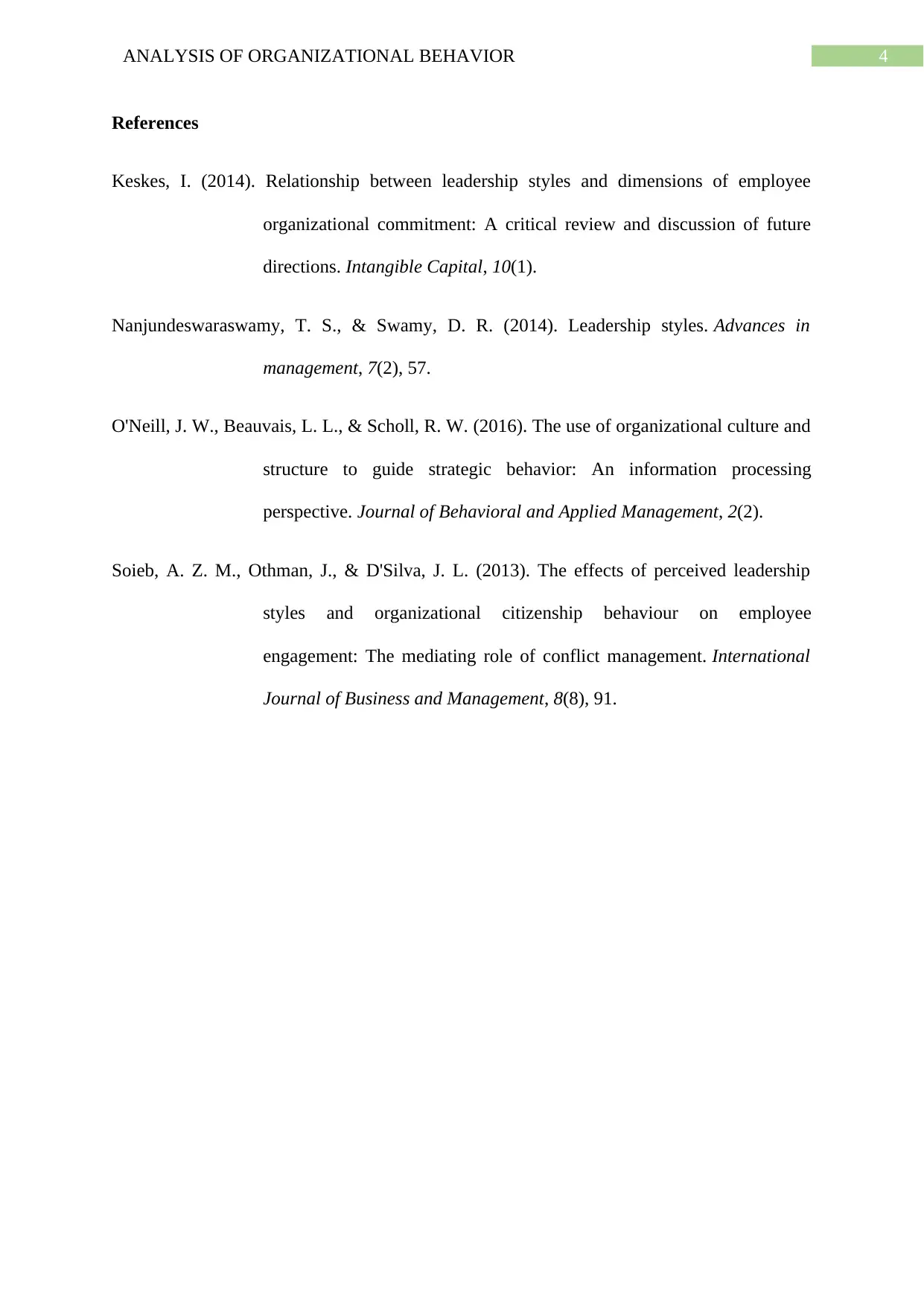






![[object Object]](/_next/static/media/star-bottom.7253800d.svg)